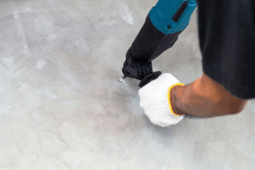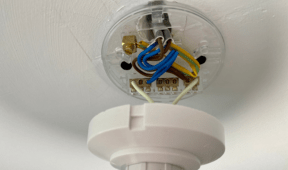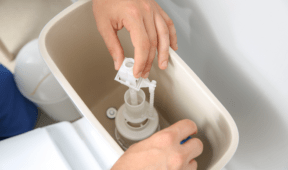How to Remove a Stuck Garden Hose from a Spigot Without Breaking It
We’ve all been there – you go to move your garden hose to a different area of the yard, only to find it stubbornly fused to the spigot. Tugging, twisting, and muttering under your breath seem to have no effect. Before you resort to destructive measures, take a deep breath. With the right approach, you can free your stuck hose and prevent future headaches. This guide will walk you through the process step-by-step, empowering you to tackle this common homeowner challenge with confidence.
Why Garden Hoses Get Stuck
Garden hoses often become stuck due to a chemical reaction between different metals. Many manufacturers use aluminum for hose connectors because it’s inexpensive. However, when aluminum comes into contact with the brass of most outdoor faucets, a process called galvanic corrosion occurs. Over time, especially with exposure to water, the metals can actually fuse together. This is why brute force and lubricants often fail to solve the problem – you’re dealing with a chemical bond, not just friction.
Understanding this process is crucial for both removing your current stuck hose and preventing future issues. By knowing the enemy, so to speak, you can make informed decisions about hose purchases and maintenance to avoid repeating this frustrating scenario.
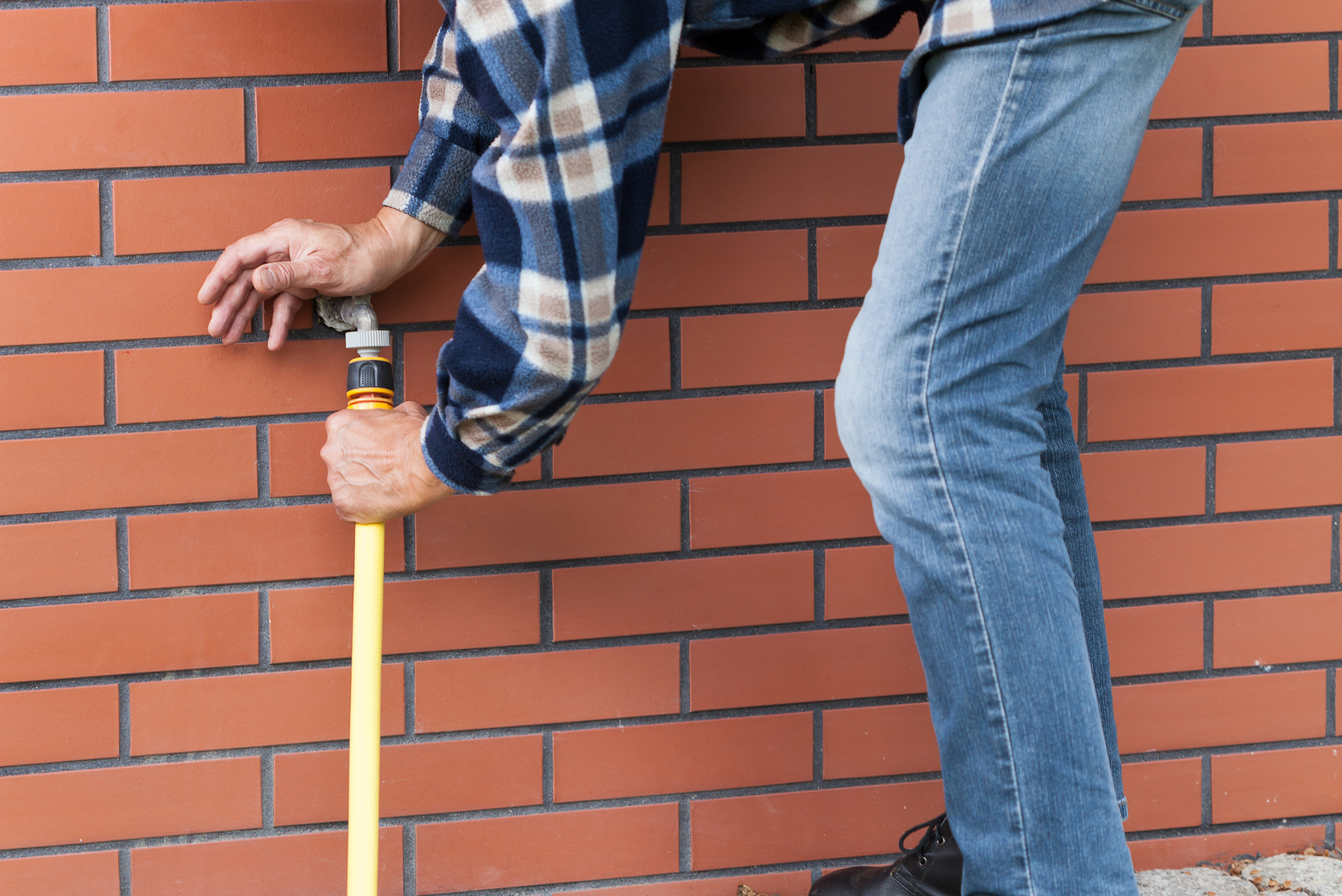
What You’ll Need for the Job
Before you begin, assemble the following tools and materials:
– Hacksaw (preferably a mini hacksaw for tight spaces)
– Flathead screwdriver
– Tongue-and-groove pliers (channel locks)
– Utility knife or scissors
– Gardening or work gloves
– New brass hose connector with female connection
– Teflon tape (plumber’s tape)
Start your next woodworking adventure with TedsWoodworking! Dive into 16,000+ projects and bring your ideas to life. Build unique furniture and master new skills with Ted’s detailed, step-by-step plans guiding you every step of the way.
Having everything on hand before you start will make the process smoother and prevent interruptions. Safety should always be a priority, so don’t skip the gloves – you’ll be working with potentially sharp metal edges.
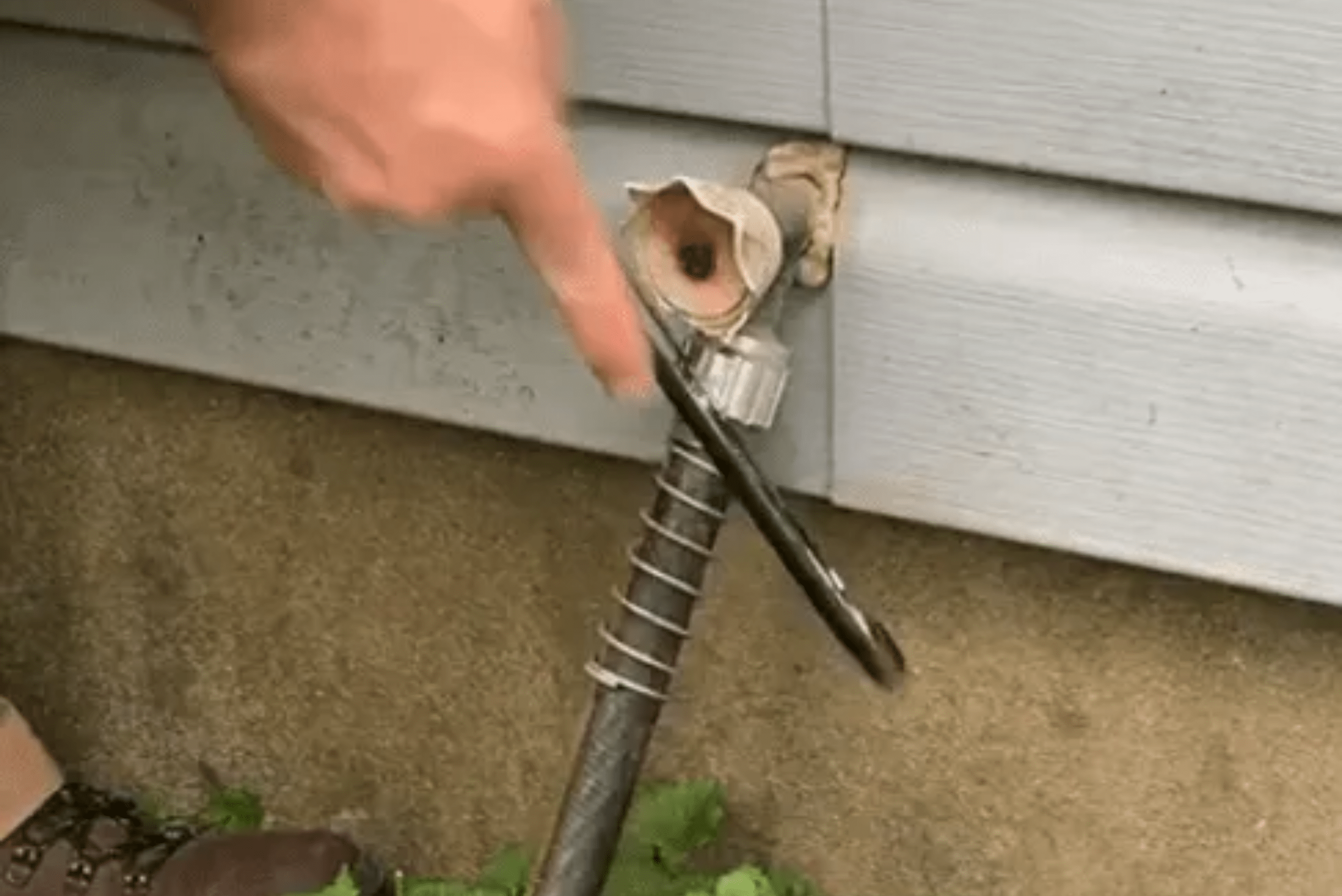
Freeing Your Stuck Garden Hose
Start by putting on your gloves to protect your hands. Using the hacksaw, carefully cut into the garden hose connector at a 45-degree angle. Be extremely cautious not to cut too deeply and damage the threads of the spigot itself. Periodically check your progress to ensure you’re only cutting through the hose connector.
Once you’ve made a substantial cut, use the flathead screwdriver to pry open the cut portion of the connector. This should loosen its grip on the spigot. With the pliers, attempt to unscrew the hose connector. If it’s still resistant, repeat the process of cutting and prying until you can successfully remove the hose.
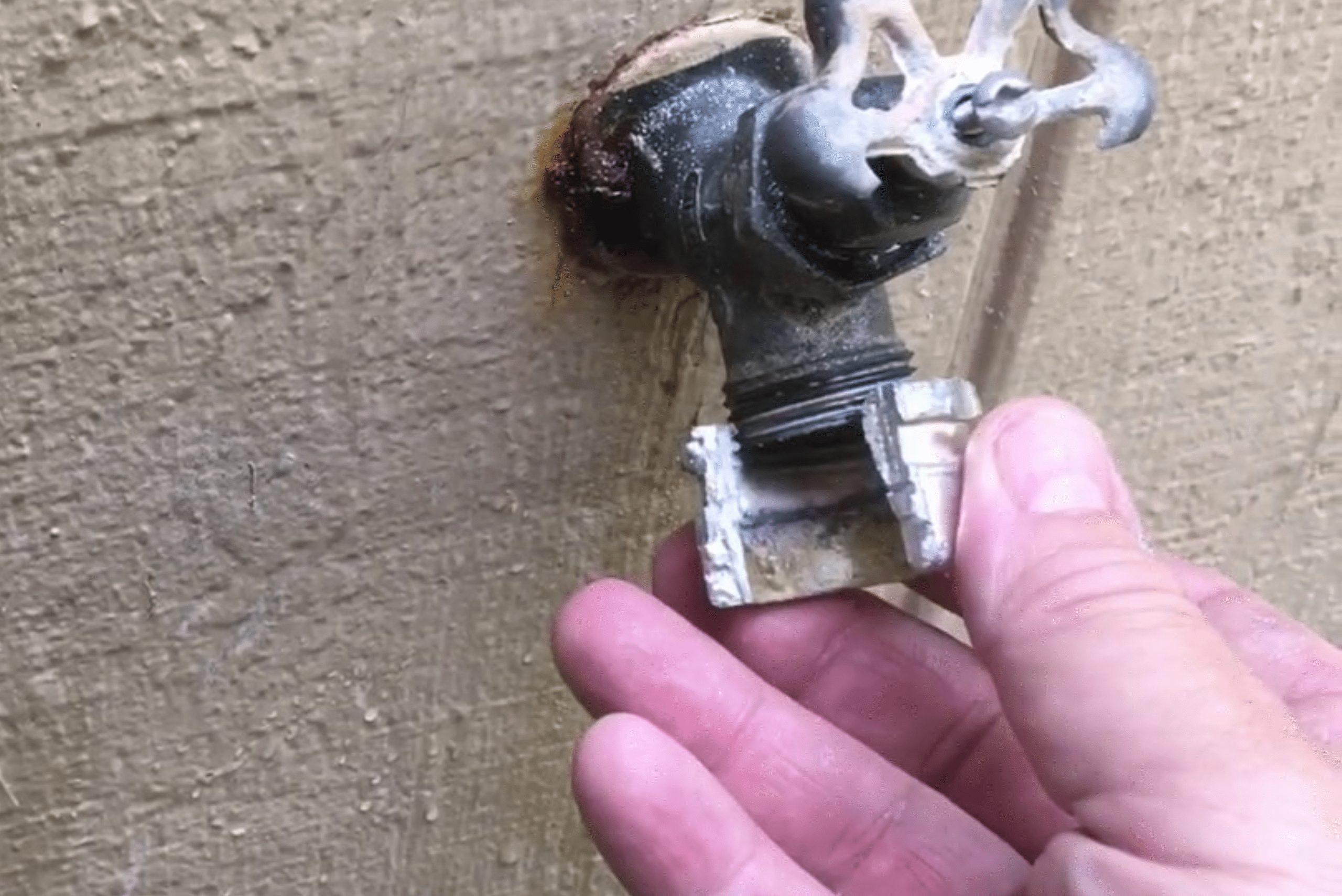
Replacing the Damaged Connector
With the stuck portion removed, it’s time to repair your garden hose. Use the utility knife or scissors to cut off the damaged section of the hose, ensuring you have a clean, straight edge. Take your new brass connector and remove the clamp. Insert the pipe end of the connector into the hose, then reattach and tighten the clamp securely.
To prevent future sticking, wrap Teflon tape around the threads of the new connector. Apply the tape in a counterclockwise direction, overlapping it 3-5 times for a good seal. This will help create a watertight connection while also making future removal easier.
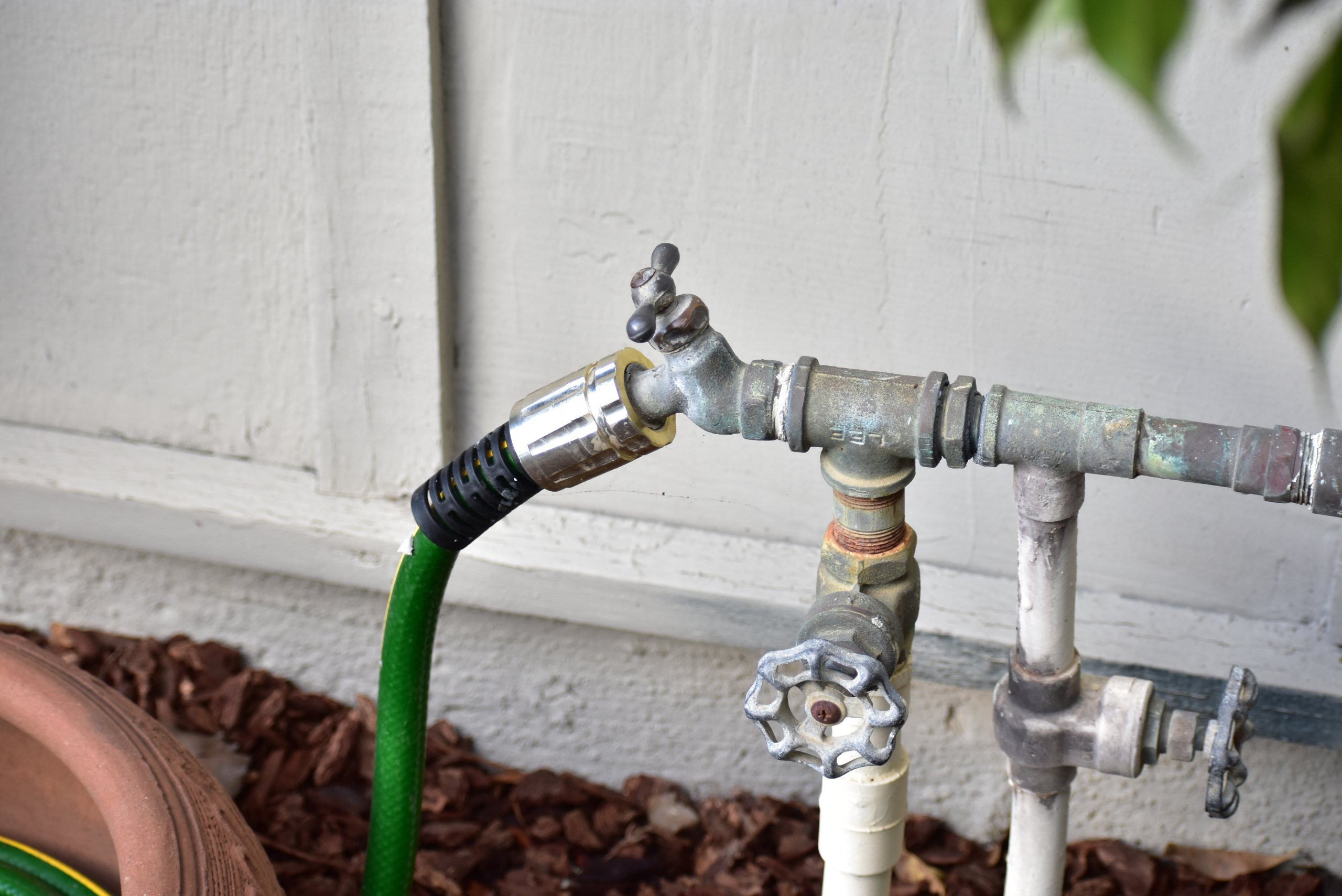
Ensuring a Secure but Removable Connection
With your newly repaired hose, it’s time to reattach it to the spigot. Hand-tighten the connector onto the faucet, then use the pliers to give it an extra quarter-turn. Be careful not to over-tighten, as this can damage the threads or make future removal difficult. Turn on the water to test for leaks, tightening slightly if necessary.
Remember, the goal is a secure connection that you can still easily remove when needed. Finding this balance will save you headaches down the road and extend the life of both your hose and outdoor faucet.
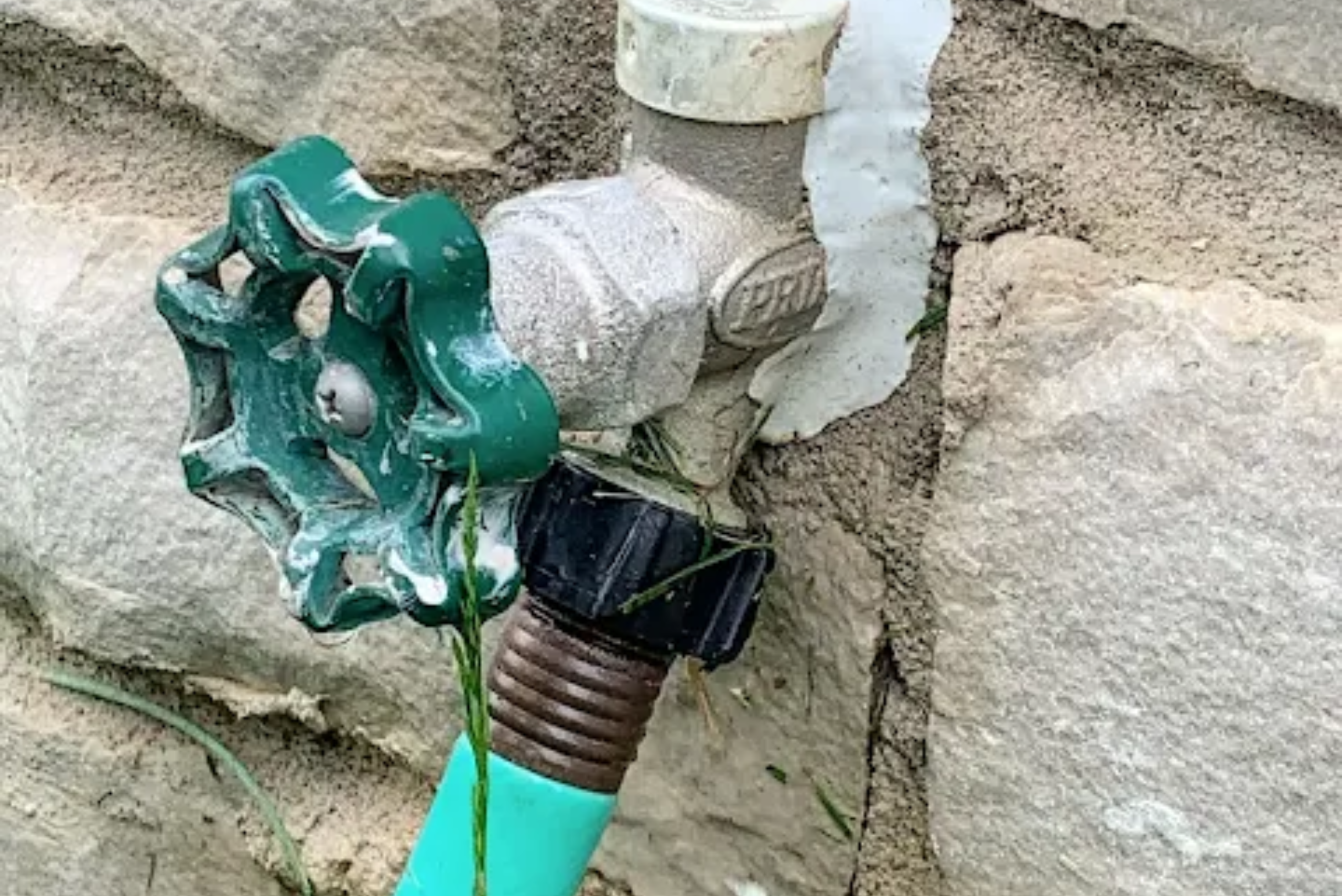
Related Articles
- 7 Ways to Fix Your Leaking Outdoor Spigot
- DIY Garden Hose Repair Made Easy
- How to Turn Off the Main Water Supply in Your Home
Dealing with a stuck garden hose can be frustrating, but armed with the right knowledge and tools, it’s a problem you can confidently tackle. By understanding the cause, carefully removing the stuck connector, and taking preventative measures, you’ll ensure smooth watering for seasons to come. Remember, a little maintenance goes a long way in preserving your gardening equipment and your peace of mind.


